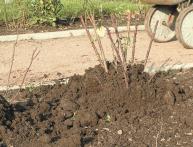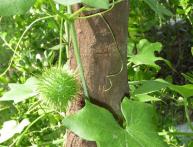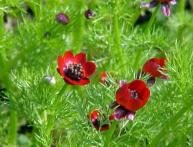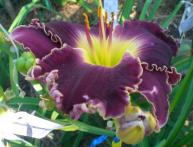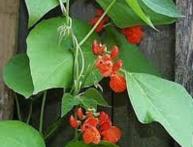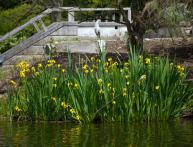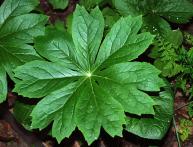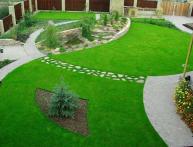Alpine currant - created for hedges
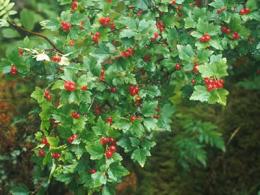
Alpine currant widespread, can grow among other shrubs, in forests, along river banks, on plains, in mountains and rocks. This is a very beautiful shrub with brown shoots, the height of which sometimes reaches three meters and due to this, the initially straight branches fall down, forming green arches. The flowers are greenish, small, and the fruits are spherical, red, looking very beautiful against the background of the dark greenery of the bush, but completely tasteless.
Alpine currant is wind-resistant and winter-hardy, but does not like high temperatures and drought; it can grow in the city, but feels better outside the city. Shrubs require non-dry, alkaline or acidified soil.
Alpine currants are grown for hedges, the bush is perfect for topiary cutting; you can cut out the simplest shapes and intricate unusual shapes from it. The bush is used in group plantings, tapeworms, borders and hedges.
Alpine currant has several types and forms, there are dwarf ones with small leaves or yellow leaves or jagged leaves and tall voluminous shrubs, which are very suitable for a variety of landscape designs.
The shrub propagates by seeds, lignified cuttings or layering. Bushes can be attacked by aphids, spider mites and rust; they can be controlled by spraying the bush with an insecticide and fungicide.
In the first years after planting It is advisable to apply nitrogen fertilizers in April and Every autumn you should add compost to each bush.. Every spring you need to loosen the ground and prune the bushes, removing old, affected branches to the very base.

